How Decluttering Makes You Happier: A Case Study
By Pamela Wong
Pamela is a Trained Professional Organizer based in Oakville, Ontario and is the owner of Zen N Organized. She helps homeowners and small business owners transform their homes and home offices into organized spaces. She has a practical, non-judgemental approach to organizing. Her objective is to create functional and harmonious spaces for her clients.

January is the start of a new year where we focus on improvements and making positive adjustments. Healthy eating, self-care and spending quality time with your family are some of top new year’s resolutions.
Clutter overstimulates the mind and creates a constant state of alertness. When you overexert your energy on the physical clutter then you have nothing left to focus on the more important things. That lack of calmness causes your anxiety to go up and as a result, you feel tired and stressed.
Making small changes to your physical environment can have a big impact on your mental health. Simply decluttering and organizing your home can do just the trick. Don’t believe me? Here’s a case study that will open your mind.
Meet my client, Kim. For privacy reason, I am not using her real name or pictures of her house, but I will show you before and after pictures of similar areas of my other clients’ homes.
CLIENT’S BACKGROUND
Here’s a bit about Kim:
- She is a busy professional and works long hours.
- She is a single parent, and her two teenagers live with her full time.
- They have a large, beautiful home with lots of storage.
- She loves to shop, and her house is packed with beautiful things. From the latest kitchen gadgets to designer clothes for her and her children, this house is filled to the brim.
WHY SHE CONTACTED ME:
- With working from home, her business files were mixed in with her home documents and her children’s papers.
- She felt they were crowding over each other even though they live in a big house.
- Things often got lost in the clutter, and she can’t find anything.
- Her kitchen had limited space for her to prepare meals. Cabinets, countertop, and the island were all covered and filled with stuff.
- She was overwhelmed as she felt she was losing control over her home. Instead of stressing about the clutter, she would love to get functionality back in her home and have more time to enjoy what she has.
MY OBSERVATIONS AND PLAN:
- I could sense Kim’s anxiety over my first phone call with her. She was overwhelmed and needed help. When I went to her house for an assessment, I could tell she was embarrassed with the chaos in her home. The frustration could be seen on her face and in her body language.
- I could see the house was decorated with expensive furniture and décor, but many items weren’t functional or practical.
- Defining the space – Kim needed designated zones for her home office and for her children to do virtual learning, so that they are not talking and stepping over each other. By defining the spaces, papers were no longer mixed into one big, jumbled mess.
- Declutter, declutter, declutter - She had an overabundance of stuff. New and old, used and never been touched. Décor pieces with clutter on top and around them. Items that are no longer serving their purpose will need to be edited out so that zen can be restored.
- The countertop and island in the kitchen were covered with gadgets that are no longer used. Pantry was stuffed with cans and containers of food, many of which they don’t like or won’t eat. Once again, decluttering would be a big part of the process.
- Assign a home for everything and everything in its place – from documents to toys to clothes and shoes, everything should have a home. This step should include proper storage for loose items.
DECLUTTERING AND ORGANIZING SOLUTIONS:
- Declutter
A large part of this organizing project was spent on tackling the clutter in Kim’s house. This was the biggest obstacle that has been causing a lot of stress and unhappiness for her.
Click here to find out how to declutter and organize your kitchen.
- Donate and Give Away
We edited and decluttered many areas - Toys that the teenagers have outgrown; clothes that are out of style, torn or no longer fit; bookshelves that were jammed with books; décor pieces that were no longer being loved; kitchen appliances that are no longer used; expired food and pantry items that they are no longer interested in.
- Designated Space
Next step was to assign designated spaces for Kim’s home office and workspace for the teenagers. After some planning and furniture rearranging, the family went from being cramped in one part of the house, to separate areas where they can talk freely on virtual calls and online school. Papers and documents are now separated for each person and into categories that work for each of them.
Check out my blogpost about Simple Techniques to an Organized Desk
The airy spaces with less visual clutter now allow Kim and her kids to be more productive. Instead of being distracted by the stuff around them, they can now focus on the tasks at hand.
- Make Functional Spaces
We also spent the time to make the home more functional, and assign a home for everything, based on where the items are used. They understand that the item needs to be returned to its home when they are finished using them. That way, things will no longer get lost in the house. By finding a home where the items are used, the house is now functional again.
- Less Stress; More Happiness
As the project continued, I could see that Kim’s stress was slowly decreasing. Instead of a constant frown, there more smiles and jokes. I also noticed the tensed shoulders were slowly relaxing. Kim was very pleased with the progress that we made.
CLIENT’S REFLECTIONS
Once we completed the decluttering project, Kim admitted to the following:
- She didn’t realize the clutter in her house was causing so many negative emotions. She only recognized that after we removed the clutter out of the equation.
- She no longer needs to frantically tidy up before every Zoom call. She no longer needs to worry about friends and family dropping by unexpectedly. Her house no longer causes last minute stress.
- She could now find things and has been able to save money by not having to buy duplicates and triplicates.
- The house is more functional after we catered the specific areas based on how they live and use things.
- Clutter was causing lots of distractions, both physically and emotionally. Now that the distractions were gone, her and her children are more efficient and productive.
- Less clutter means that she has less dirt built up and a lot easier to look after.
At the beginning of this project, she merely wanted her house back to a functional state. What she got in return was more than just a decluttered home.
She feels happier, lighter and has less stress and anxiety. She now has more time and energy to do the things that she’d rather be doing.
This is something you can do too!
Your home should be a place to relax, it should be your sanctuary. If your new year’s resolutions include making more time to do the things you’d rather be doing, then I hope this post has inspired you a little (or a lot 

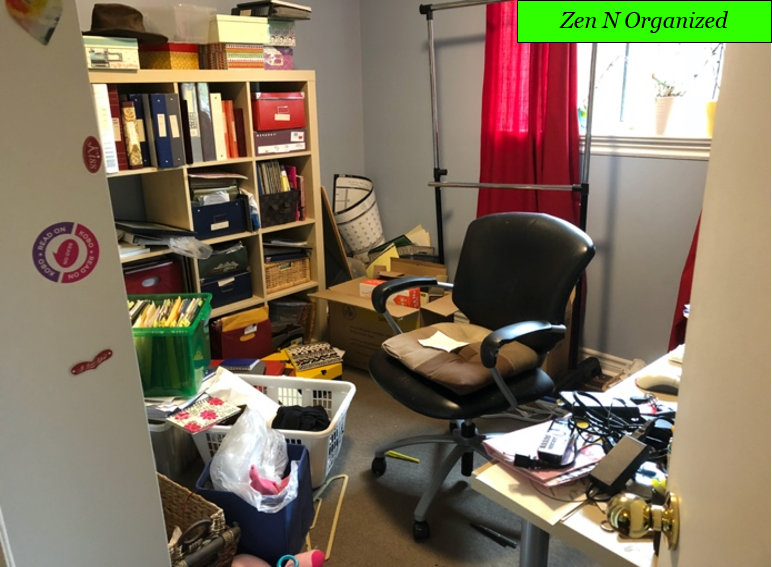
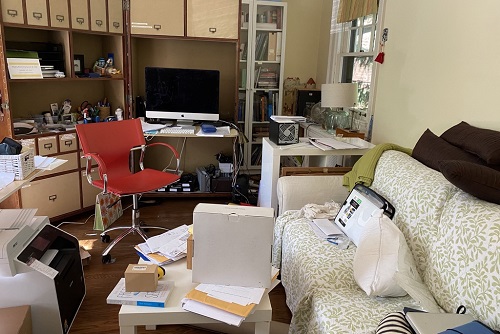
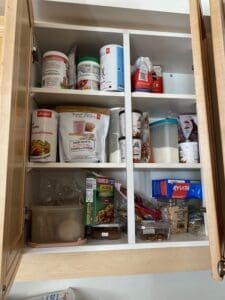
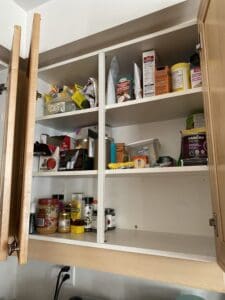
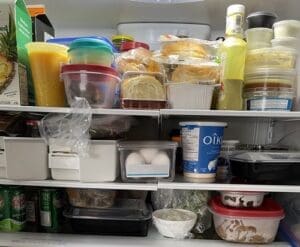
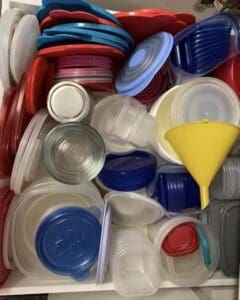
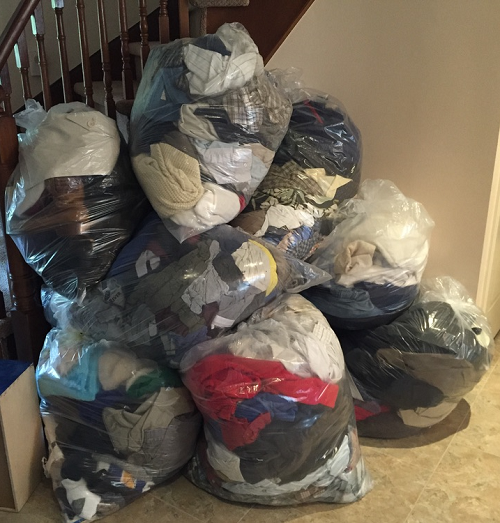
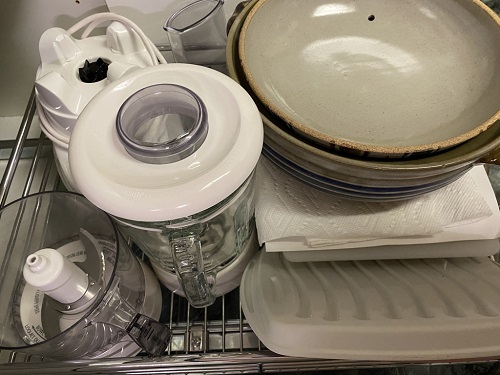
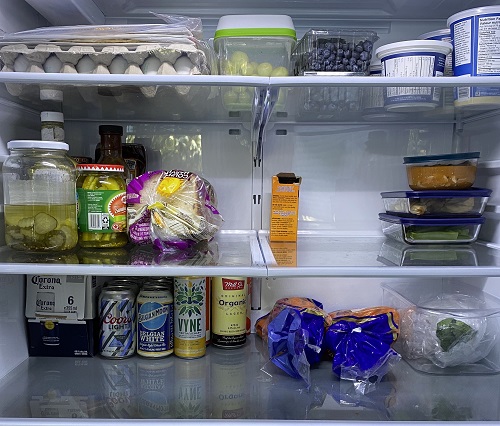
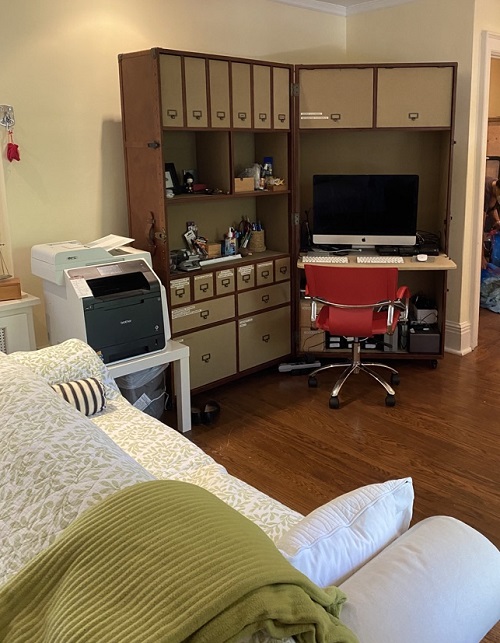
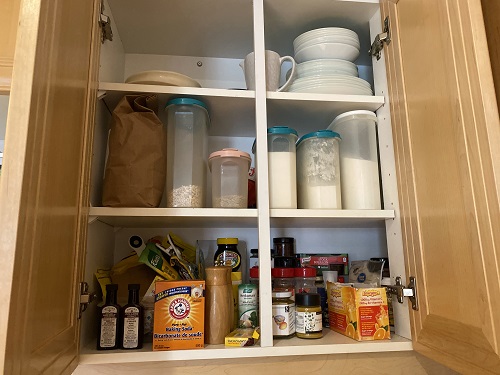
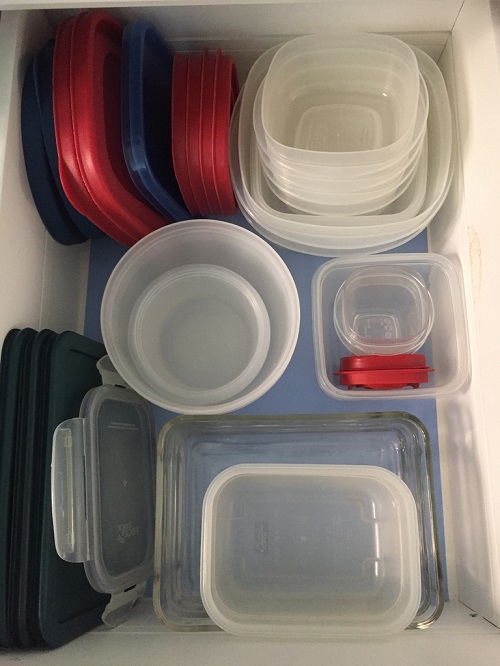
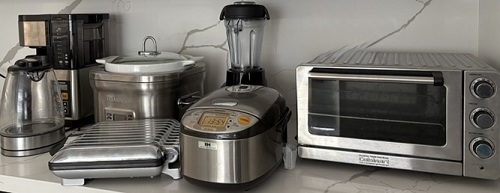
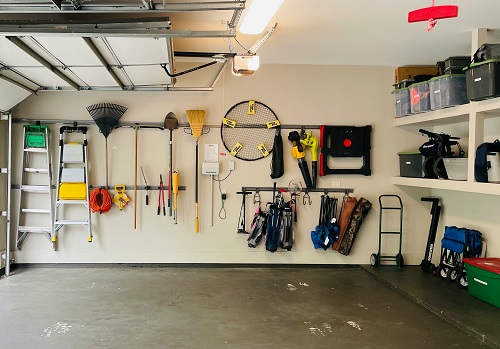

I don’t remember being overwhelmed with clutter, but there have been many times I decluttered a specific area in my home or office, and it has felt like such a weight lifted every. single. time.